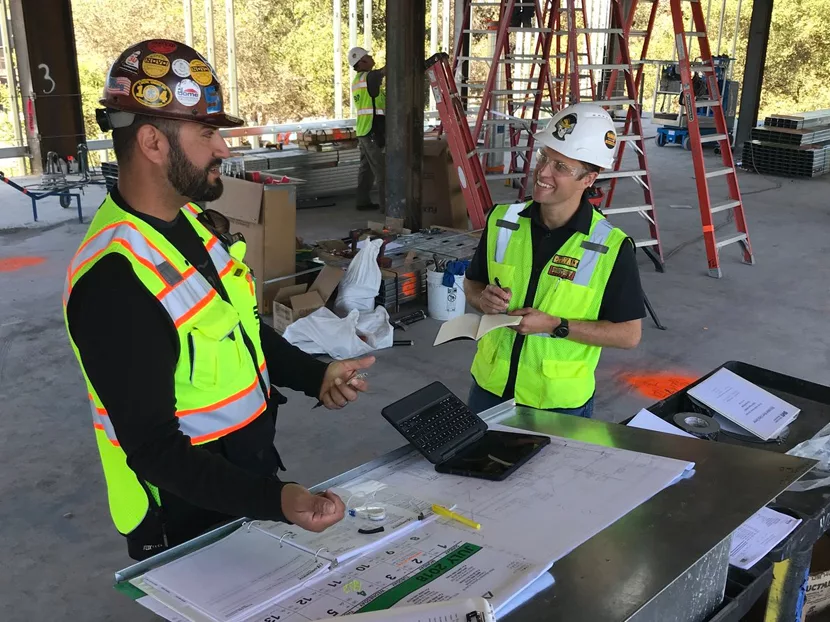In recent years, the construction industry has seen a boom of technology that focuses mainly on the office side of operations. Planning, design, and project management software continues to get a lot of attention. They have been great for the industry. The pace and ease of managing change have never been faster or easier. Unfortunately, said advancements are not extending to the field.
As the office side continues to advance, tradeworkers are struggling to keep up. The digital divide — the gap between the office and field — is only getting bigger. This is creating a new level of frustration for many tradeworkers. Because of this, action is critical.
In speaking with numerous industry professionals, we’re finding that many subcontractors are comfortable with digital technology. They want to adapt to new tech to stay competitive and profitable. The only problem is there isn’t an abundance of solutions that are made with the field in mind — especially ones that enable them to be more productive at the literal business of building!
Need an example? Consider the following:
A popular software review site is tracking over 1,000 construction software solutions. The top three categories are construction management, construction estimating, and construction accounting. There is no category for construction field management. While there are indeed field management solutions in the market today, they have not collectively warranted their own category.
Meanwhile, a BIM or VDC Manager has a suite of design tools that enable increased productivity — from 3D CAD and BIM authoring programs to engineering optimization and automation tools. Project managers also have many tools that enhance productivity. These tools digitize issue tracking, change order workflows, track budgets, and manage submittals. Contrast this with the field, where digital blueprints might be the pinnacle of the field tech stack, and it’s obvious how severe the problem has been.
Until now.
The State of the Field Today: The Rise of the Digital Tradesworker
While office technology has skyrocketed, field counterparts are falling further behind, not because they don’t want to adapt, but because many of today’s software solutions were not developed with their workflows in mind.
Many of these solutions are either not mobile-friendly, or do not provide enough value to the tradeworker to become a regular tool for the job site.
This blog originally appeared on linqsoftware.com. Follow this link to continue reading.





